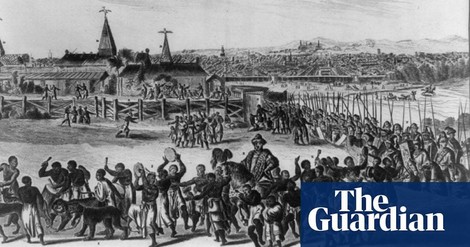Your podcast discovery platform
Curious minds select the most fascinating podcasts from around the world. Discover hand-piqd audio recommendations on your favorite topics.

piqer for: Global finds Technology and society Health and Sanity
Nechama Brodie is a South African journalist and researcher. She is the author of six books, including two critically acclaimed urban histories of Johannesburg and Cape Town. She works as the head of training and research at TRI Facts, part of independent fact-checking organisation Africa Check, and is completing a PhD in data methodology and media studies at the University of the Witwatersrand.
The Lost African Mega City Designed Using Fractals
I have previously shared stories about how new technology has allowed us to discover and map out lost and forgotten cities — but sometimes these cities reveal technology that was previously hidden to us. This article on Benin City, for Guardian Cities, by Mawuna Koutonin shares a fascinating story of a recently forgotten and highly sophisticated pre-Colonial African mega-settlement in present-day Nigeria.
Between the 11th and the late 19th centuries, Benin City (originally known as Edo) was one of the largest and most advanced cities in the world. Its man-made walls were considered the most significant earthworks project prior to mechanisation — four times longer than the Great Wall of China, extending more than 16,000 kilometres. Edo also had what was perhaps the first city-wide version of street lighting: massive metal lamps fuelled by palm oil.
More than that, the entire city complex, which included some 500 interconnected settlements, was carefully planned on a system of fractal design (although it wasn't called that, then), using symmetry, proportionality and repetition. As mathematician Ron Eglash explains in this article, 'When Europeans first came to Africa, they considered the architecture very disorganised and thus primitive. It never occurred to them that the Africans might have been using a form of mathematics that they hadn’t even discovered yet.'
Although the city had started a natural decline during the middle ages, following internal conflicts and worsened by colonial intrusion and the nascent slave trade, the walls of Benin City persisted as late as the 19th century before being almost completely destroyed by British soldiers.
